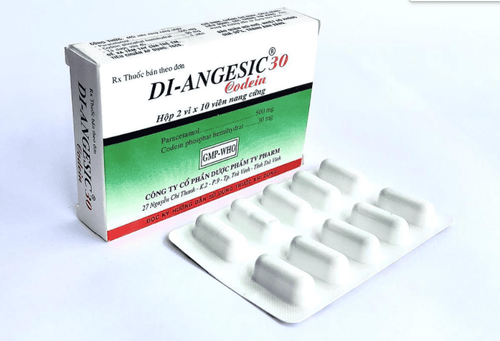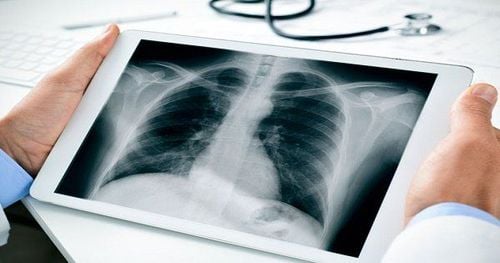This is an automatically translated article.
The article was professionally consulted with Specialist Doctor I Nguyen Huu Nam - Pediatrician - Neonatologist - Department of Pediatrics - Neonatology - Vinmec Nha Trang International General Hospital.Diaphragmatic effusion is often clinically difficult to detect and is nonspecific. This is a rare disease but can cause respiratory failure and greatly affect the health of children.
1. What causes diaphragmatic flaccidity?
The diaphragm is the muscular part that separates the upper chest cavity, containing the heart and lungs, and the lower abdominal cavity containing the abdominal organs. This is the main muscle of the respiratory system, when the diaphragm contracts, the diaphragm descends to help the ribcage expand, the pressure in the chest decreases, air is inhaled and vice versa.Congenital laxity of the diaphragm due to a defect in the muscle part. The diaphragm in patients with this pathology is like a thin membrane. Therefore, the organs in the abdomen will push the diaphragm upwards, taking the place of the lungs. Diaphragmatic effusion often has no obvious clinical symptoms, so it is often discovered incidentally during chest x-ray.
2. Symptoms of diaphragmatic flabby
The clinical symptoms of right diaphragmatic laxity are often difficult to detect and are nonspecific because of the presence of a constricted liver. This disease can come with symptoms of respiratory failure, pneumonia, slow weight gain, digestive disorders or by other medical examination discovered by chance.Diaphragm laxity is a major cause of respiratory failure. Besides, this pathology can be misdiagnosed with lower lobe cyst diseases, pneumonia, isolated lung disease, cystic malformation of the lung..

Nhão cơ hoành bẩm sinh trên hình ảnh MRI
3. How to treat flaccid diaphragm?
The mainstay of treatment for congenital diaphragmatic laxity is diaphragmatic blepharoplasty. Thoracic endoscopic diaphragmatic suture surgery in infants and young children is quite difficult, requiring conditions of anesthesia and resuscitation and equipment conditions as well as experienced surgeons.Some complications can be encountered during and after surgery diaphragmatic flaccidity as follows:
Bleeding Infection Hemothorax Pneumothorax Recurrence of disease Risk of respiratory failure requiring long-term mechanical ventilation. The prognosis for postoperative recovery of this pathology is quite good. Therefore, musculoskeletal laxity should be detected and treated early.
With many years of experience in examining and treating diseases in children, now the Pediatrics Department at Vinmec International General Hospital has become one of the major health care centers, capable of examining , screening and treatment of many specialized diseases in children. Therefore, if the child shows signs of diaphragmatic laxity, parents can take the child to Vinmec International General Hospital for examination and receive support and advice from doctors and health experts.
Please dial HOTLINE for more information or register for an appointment HERE. Download MyVinmec app to make appointments faster and to manage your bookings easily.













